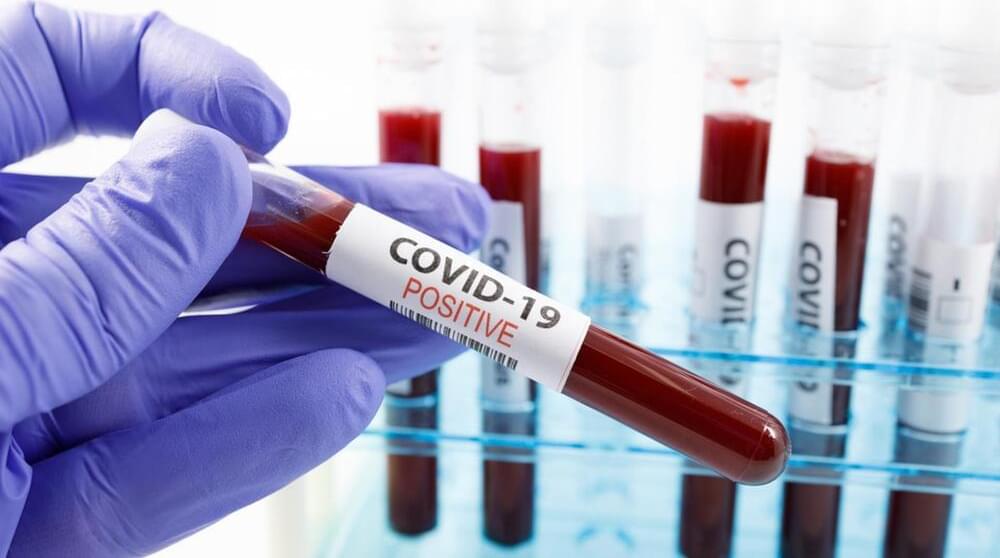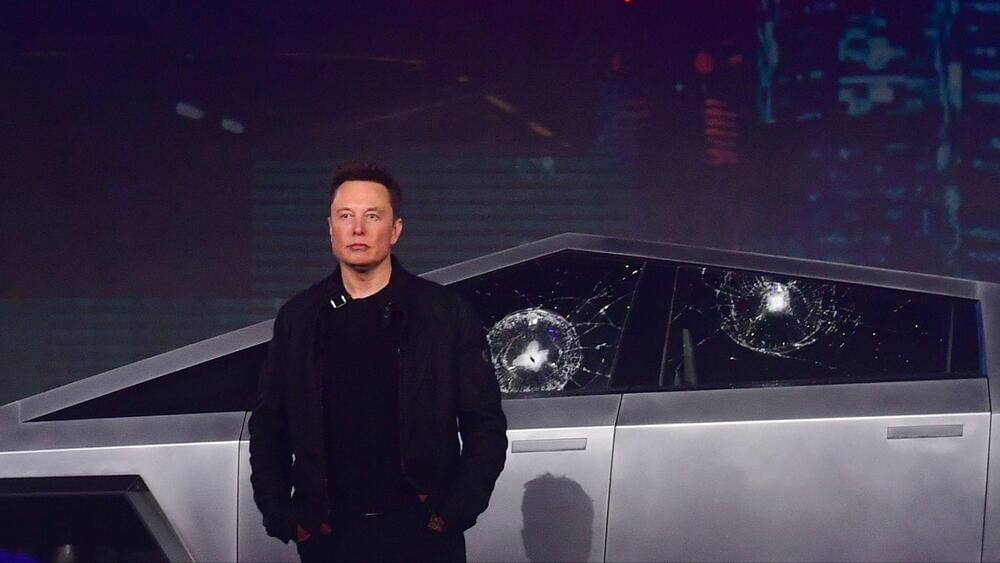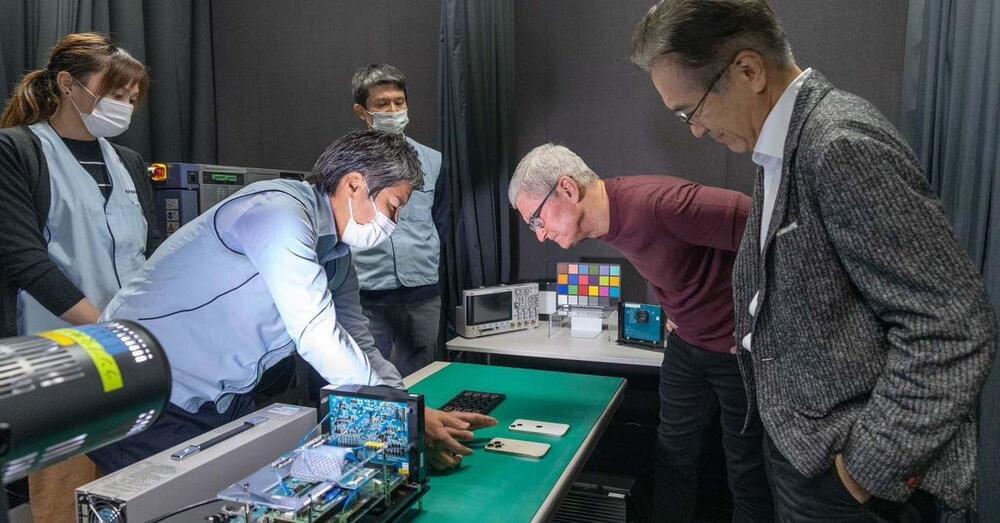“This platform can be for manufacturing, human habitation, military applications, and whatnot.”
In-space manufacturing will form a massive part of the future of space exploration as it massively reduces the cost of launching otherwise fully-built structures to orbit and beyond.
Not only that, one of its co-founders says it could be compatible with SpaceX’s in-development fully reusable Starship rocket, which could eventually take humans to Mars.
ThinkOrbital.
ThinkOrbital is developing an orbital platform that could eventually be used to manufacture products in space and also tackle the growing space debris problem, as per a report from SpaceNews.









